The manufacturing sphere is full of many products made by brilliant and innovative minds. However, having an idea of a world-changing product is always not enough. It is the ability to bring such an idea to a reality that is one of the biggest pitfalls many have failed to overcome. This is a huge problem in the manufacturing sector and is why concept generation is an integral part of product design.
Concept generation is the first and the most important step in creating a great product. Product developers must probe the idea, ask the right questions, and provide valuable insights that can transform mere figments of their imagination into what people will term great products.
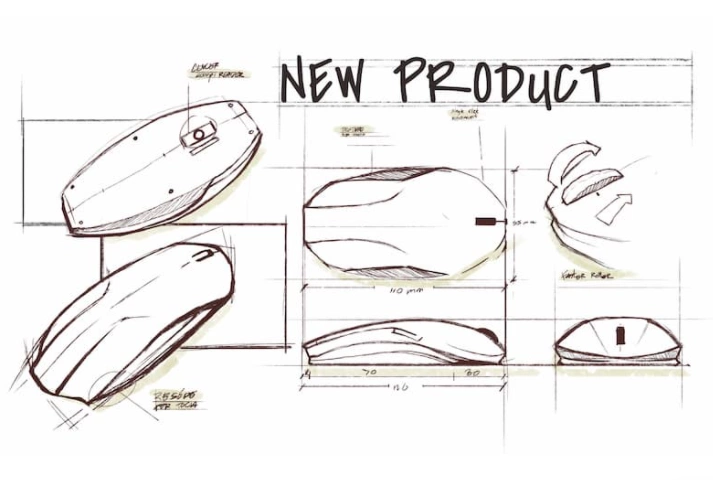
In this article, we will examine the process of product design, how to generate product concepts, the importance of concept generation in product design, etc. This article will act as a detailed guide and answer questions on what is concept generation in new product development. Why it leads to building great product designs. Let’s get right on it so you can understand how the process works.
Concept Generation
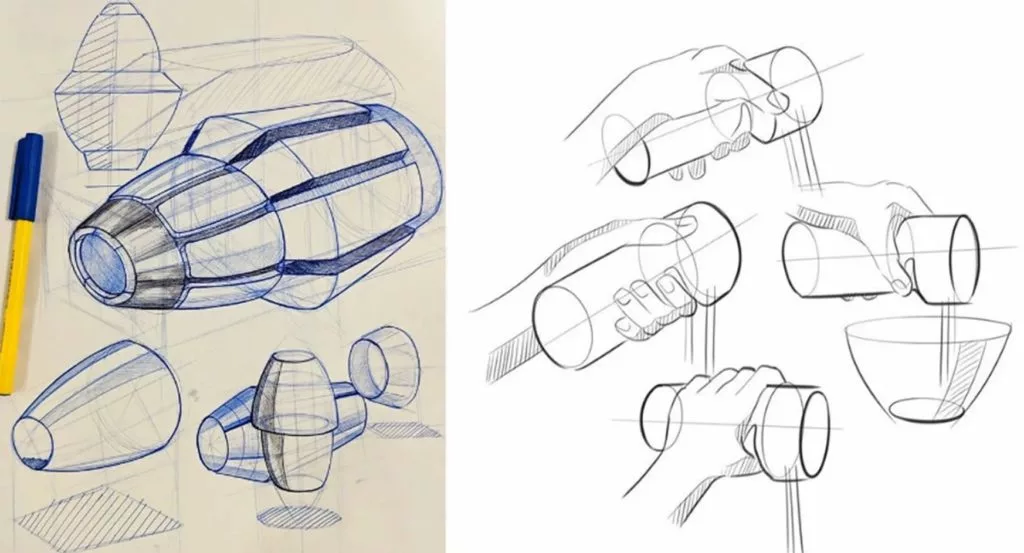
Concept generation is a technical description of a product’s form and working mechanisms. It is a critical stage in product design, which is important because it provides insight that transforms the customer’s idea of a product into an approximate description of a real product’s mechanisms.
What is Concept Generation?
Concept generation of products, which is often expressed in 3D models or rough sketches accompanied by a brief textual description, is an attempt by the product developers to provide useful insights into the product’s working principles. While a lot of product developers either skip or trivialize it, it is important to note that transitioning from the stage of having an idea of the perfect product and to the creation and manufacturing of such products, concept generation is critical. Without the generation of concepts for the product, the project is barren of ideas. The process involves an array of design alternatives from which designers can deliberate and reach a conclusion or produce better ideas.
Importance of Concept Generation
The modern world is overloaded with a lot of products. Therefore, effective concept generation is an important stage in the commercial success of any product. Concept generation is an important process in manufacturing because it removes the frustration due to the incompatibility of products or complex products which aids prototype development. Due to this, it also saves time, effort, and money spent.
Concept Development Process
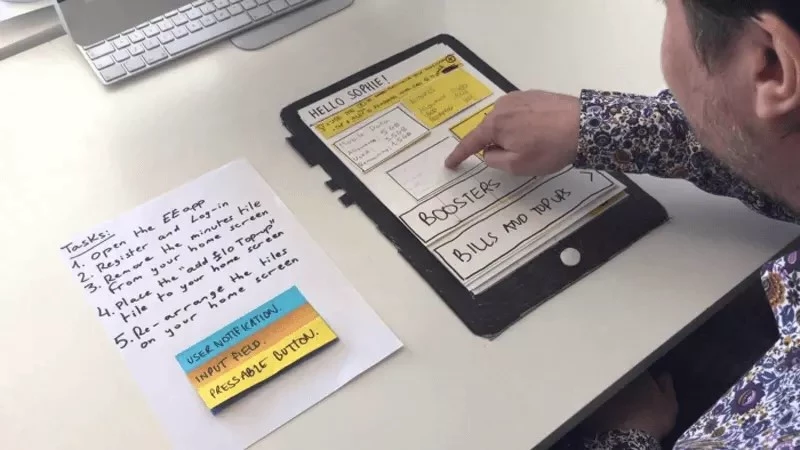
Concept development processes are mapped out as steps of concept generation. They are crafted to aid designers with a concise product design plan. The product development team’s creativity and expertise are needed in formulating these processes. This is because they must carefully probe and understand the customer’s idea to generate design solutions that complement the customer’s idea and solve the intended problem.
Product developers and Engineers understand that providing solutions to product needs is not the first approach, but understanding the customers’ needs and specifications is the right channel for providing excellent product designs. There are multiple steps as well as approaches involved in creating concept development processes. However, we have grouped them into three:
Preparation
This is the most important stage of the concept development process as it is the bedrock that determines the success of the other stages. Hence it is important to get this process right. Here the customer has an idea or a need for a product, but not having the requisite knowledge to execute such a project, the customer reaches out to a product engineer. Below are the steps to embark on!
· Identify the Customer’s Needs
This is an attempt to see the product from the customer’s perspective. You must be able to answer the following question.
- Why that particular product?
- What problem does the customer seek to solve upon the creation of the product?
More often than not, the customer might not have all the required information. As an expert, you must exhaust all the “whys” in a bid to have a perfect grasp of the intended product.
· Review the Product
Discuss the excerpts of your meeting with the customer with your team. The goal is to give your team a mental picture of the product and what problem it seeks to address. The team can talk up ideas for the new product and suggest specifications where necessary.
· Document on The Go
Many product developers fail to document every detail of the project. Most times, they believe that certain information is irrelevant. However, a design history file is one of the most important documents in concept generation.
In the early stages, it may consist of records of generated ideas. However, as the project advances, it can be likened to a jigsaw puzzle connecting ideas to new designs and can also be a reference for previous ideas that can be refined.
Developing Stage
This stage involves the generation of concepts for the product design. At this point, whatever step is taken is a result of the idea generated from meeting with your team. In developing concept processes, having a team is of utmost importance. This guarantees a pool of ideas to pick from and an array of professionals to dispense responsibilities.
· Research
We understand the need to quickly jump into designing your products. However, researching other companies or similar products and understanding how their products have solved the same problem is an interesting method for generating concepts.
Exploring existing concepts and optimizing them can save the cost of research and formulating new products. It is easier to implement a pre-existing and working concept than to take the time to generate new concepts.
· Brainstorm
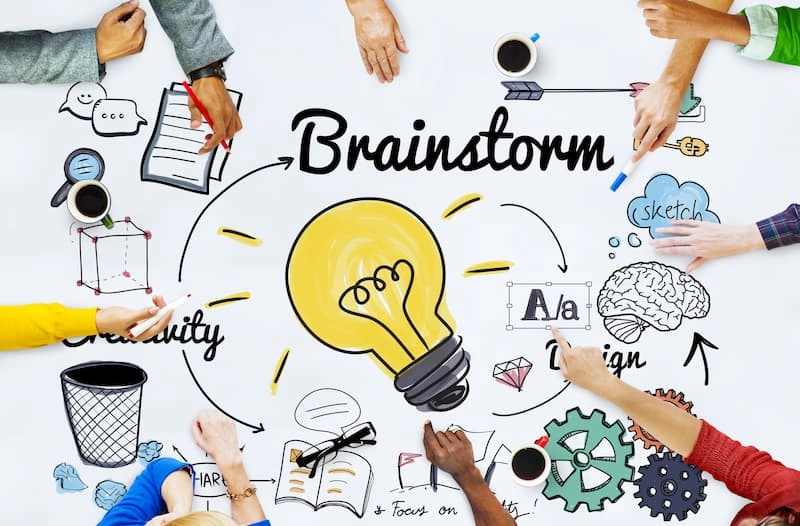
Here, the research is complete. There is a benchmark of a company and a product similar to the customer’s idea. The next thing is to spur your team members to think up innovative ideas on the strength of the research that can be incorporated into your product’s design.
Brainstorming would produce multiple ideas, most times more than is truly required, therefore needing to be sorted out to determine usefully.
Realization
Now you have a plethora of ideas before you. You understand that not all the ideas generated can be useful to the product design. Nevertheless, the goal was achieved — to get team members to speak freely and allow ideas to flow. However, the pile of ideas must be reviewed to separate the useful ideas from the lot.
· Review Ideas and Solutions
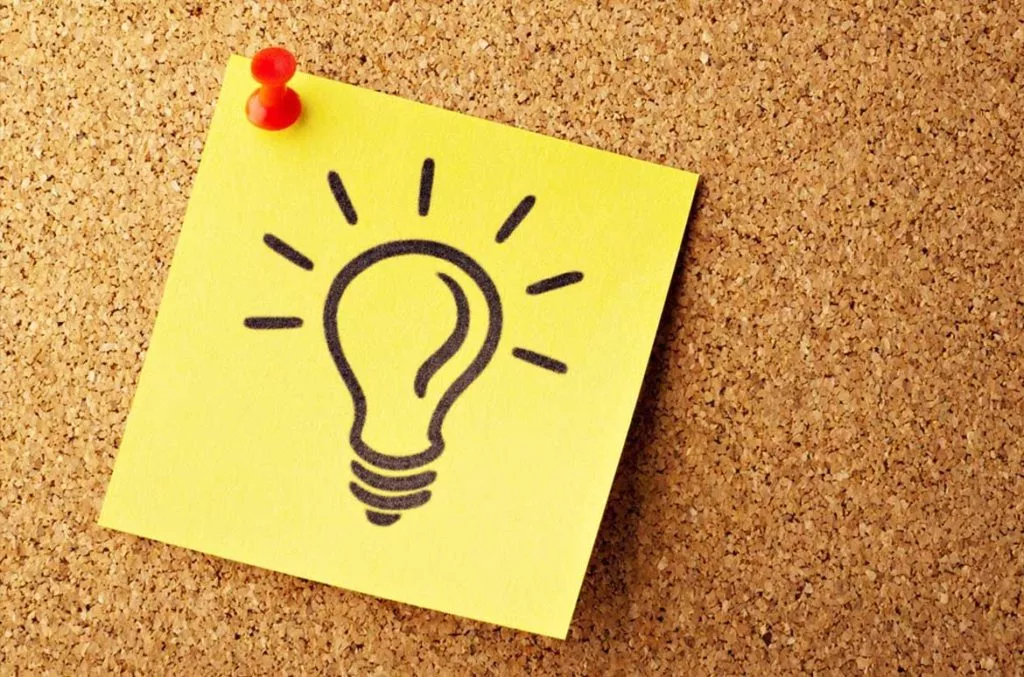
The design history file is a good place to start. Perhaps there were ideas you turned down at the start, but your research and brainstorming sessions with your team have suddenly made you see them in a new light.
Carefully select the best five ideas based on their applicability to the product design and critique them for pitfalls. Furthermore, the review of ideas and solutions must be open-ended as the concept generation process is cyclical. As new problems are encountered along the product design process, more brainstorming would be needed to generate counter ideas.
· Rank the Ideas
At this point, concept generation is complete. However, you and your team must complete the important task of ranking the selected ideas based on cost, efficiency, complexity, and duration of each design. This way, every idea is ranked and compared to one another based on certain team criteria.
· Design Product
Once the ranking is complete, you at least have a top three ideas. It’s time to start the product design. Choosing at least three ideas gives the customer options to choose from. After the customers have made a choice, you begin to make illustrations of the product in 3D models or start with rapid prototyping.
Conclusion
The difference between great products and bad products is not necessarily in the quality of the idea, but in the generation of concepts for the design of the products. This is why customers entrust their ideas to you, and it is your job to make those ideas come to life by asking the right questions and generating the right concepts to bring them to fruition. This article talked about concept generation. This is about product manufacturing via processes like CNC machining, 3D printing, Sheet metal fabrication, etc. RapidDirect helps turn your designs into reality and take over the market in the shortest time, with engineering support.
FAQ
Concept generation is an important process in manufacturing because it removes the frustration due to the incompatibility of products or complex products. Due to this, it also saves time, effort and money spent.
Product developers and Engineers understand that providing solutions to product needs is not the first approach, but understanding the customers’ needs and specifications is the right channel for providing excellent product designs. There are multiple steps as well as approaches involved in creating concept development processes. However, we have grouped them into three. Check more on the steps in the article above.


